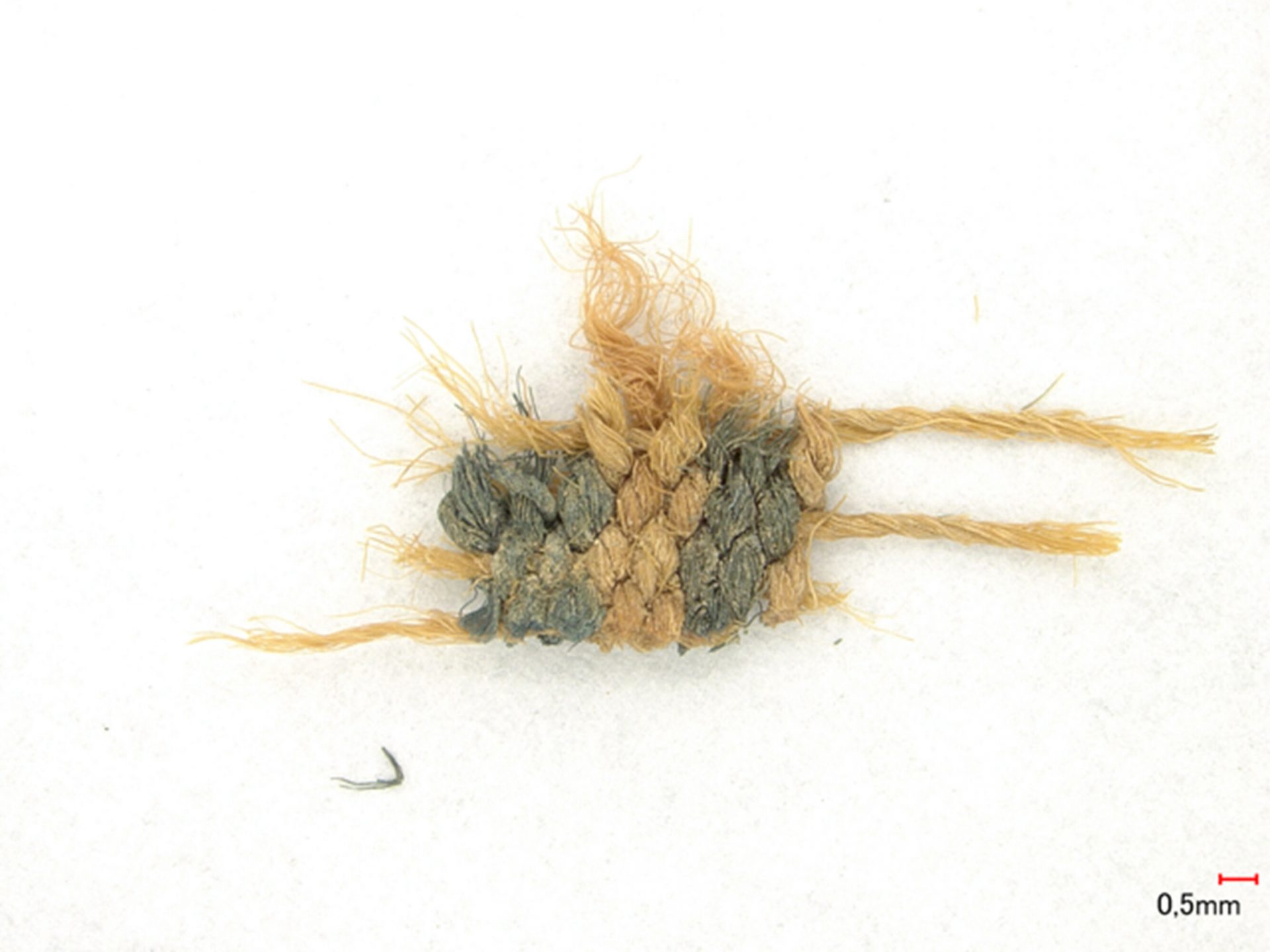“Time has not treated them well. What was once colorful is now mostly dirty, grey, and brown.”
“The roots of a genus of plants called Rubia, for example, were used to create the red colors, and ground walnut shells produced the brown tones.”
Colors of faded natural dyes can now be determined
“The piece is placed in a matrix made up of a material called Technovit7100. Slices are produced from this material that are only a few micrometers thick. These are then transferred to special slides.”
“This enables us to distinguish between two interwoven threads that held originally different colors.”
Provided by: Martin-Luther-Universität Halle-Wittenberg [Note: Materials may be edited for content and length.]



